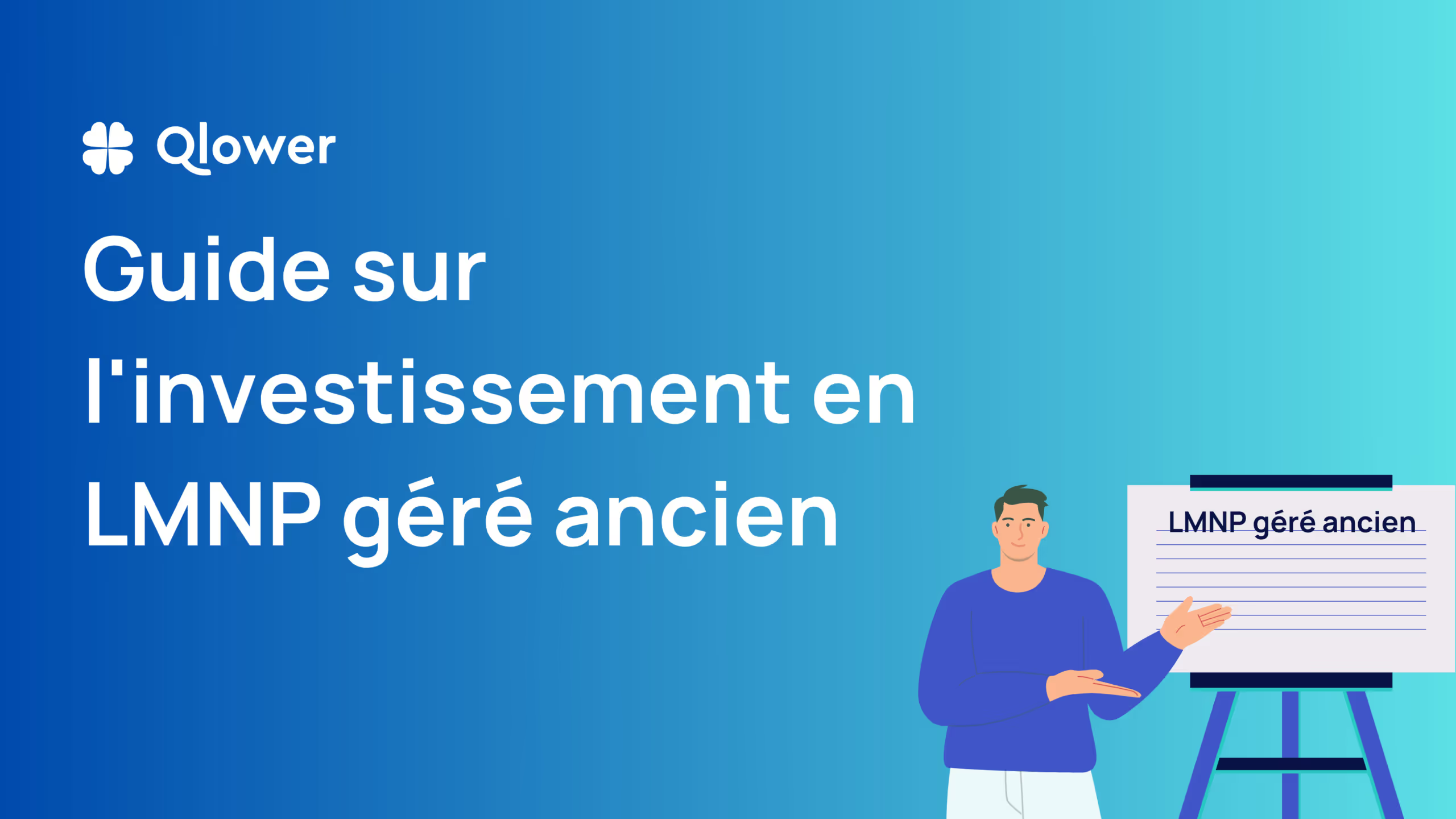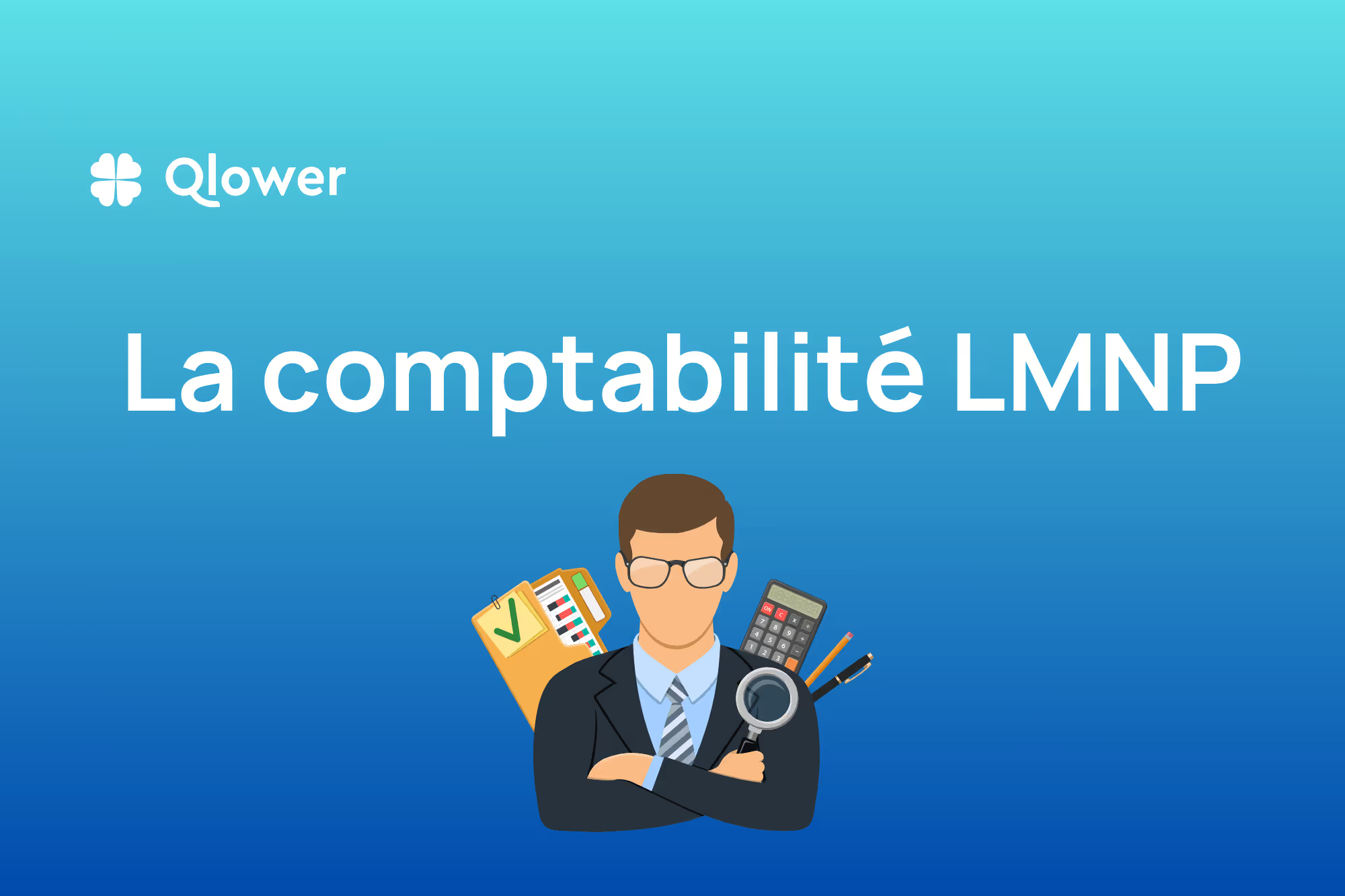Guide to investing in old managed LMNP
In a world where real estate investment continues to prove its value as a pillar of wealth building, Non-Professional Furnished Rentals (LMNP) formerly managed stands out as an investment strategy of choice for those looking to combine profitability, tax benefits, and security.
What is LMNP managed old (or used LMNP)?
The status of former managed LMNP, or used LMNP, refers to the investment in furnished and managed real estate, which is not new. This type of investment consists in buying existing properties, often in service residences, and renting them out furnished. These properties can be apartments, student studios, or even specific residences such as EHPADs (Housing Establishments for Dependent Elderly Persons) or tourist residences.
Real estate is considered old when it has been built more than 5 years ago. According to the tax authority, a home is also classified as old if it has already been sold once or occupied.
Type profile of an investor in a former managed LMNP
The status of a former Non-Professional Furnished Rental Company (LMNP) attracts a certain variety of investors, each with their own unique goals and motivations. Here is an analysis of the typical investor profile in former LMNP:
Diversifying and securing wealth
Les LMNP investors alumni are often looking for diversification for their assets. They see old-managed furnished real estate as a way of distributing risks while benefiting from the stability and tangibility of real estate.
Looking for attractive returns
Legacy managed LMNP is prized for its high return potential. Compared to new managed real estate, the old one often offers more affordable purchase prices and therefore more attractive rental profitability. This type of investment therefore attracts people looking for an optimized return on investment.
Tax benefits
The investor in a former managed LMNP is generally well informed about the tax advantages associated with this status, in particular the possibility of deducting expenses and depreciation of the property, which can considerably reduce or even eliminate the taxation of rental income.
Experienced or supported profile
Investors in old managed LMNP can be people with experience in real estate or new investors who choose to surround themselves with professionals to guide them. The complexity of the administrative and fiscal procedures related to the LMNP often requires specific knowledge or the support of experts, or a tool like Qlower that offers continuous support adapted to the specific needs of each investor, ranging from fiscal optimization to the administrative management of furnished rentals.
Flexibility and adaptability
The investor in a former managed LMNP must be flexible and adaptable, as this type of real estate market can vary depending on many factors such as the location, condition of the property, or trends in the rental market.
The advantages of investing in old managed LMNP
Investing in LMNP (Non-Professional Furnished Rental Company) tourism has multiple advantages, particularly in terms of taxation and finance, as well as in terms of flexibility and income potential. Here is a detailed overview of these benefits:
Comparison between old and new managed LMNP
The old managed LMNP has significant differences compared to the new LMNP. One of the main advantages of the old LMNP is its generally lower purchase price, thus offering better profitability. Old properties are often located in established areas with proven rental potential, unlike new programs which can be located in developing areas with sometimes uncertain rental potential. In addition, old properties often offer the possibility of achieving significant added value through renovation work.
The financial and fiscal advantages of the former managed LMNP
Investing in old-managed LMNP allows you to benefit from numerous tax advantages. The real tax regime offers the possibility of deduct expenses related to the operation of the property, as well as theDepreciation of the property and furniture, which considerably reduces the tax base. For example, for a property acquired at €200,000, with a depreciation of 3% per year, this represents a deduction of €6,000 annually. In addition, operating expenses, such as management fees, condominium fees, and loan interests can also be deducted, as can acquisition costs. These deductions thus reduce income tax significantly until creating a deficit that can be carried over several years. In addition, the old managed LMNP makes it possible to avoid the constraints related to VAT, often associated with new LMNP, which represents an additional saving of up to 20% of the purchase price in the case of new ones.
Flexibility and diversity of available goods
Investment in old-managed LMNP offers great flexibility and a wide choice of properties. Investors have the opportunity to choose from a variety of properties, ranging from studios to larger apartments, through specific residences such as nursing homes or tourist residences. This diversity allows investors to select properties that precisely match their investment objectives and their wealth diversification strategy.
The criteria for selecting an old managed LMNP property
Investing in real estate as a former Non-Professional Furnished Lessor (LMNP) requires a careful assessment of several key criteria in order to maximize profitability and reduce risks. Here are the main criteria to consider:
The location of the property and rental potential
Location is one of the most important criteria in choosing an old LMNP property. A good location guarantees a high rental potential, which is decisive for the profitability of the investment. It is important to choose properties located in areas with high rental demand, such as city centers, student neighborhoods, or near large businesses. The proximity to public transport, shops, and services is also a major asset.
The condition of the property and necessary work
Before making the purchase, it is essential to assess the general condition of the property and the work required. Properties in good condition will require fewer initial expenses, while properties in need of work may offer an opportunity to negotiate the purchase price. However, it is important to properly estimate the cost of the work and to ensure that it is in line with the budget and investment objectives.
Profitability and return on investment calculation
Profitability is an essential factor in choosing an old managed LMNP property. It is important to calculate the rental yield, which is the ratio between annual rental income and the purchase price of the property. A precise study of the rents charged in the area, charges, taxes, and management fees will make it possible to assess the potential profitability of the property. It is also important to take into account the tax benefits associated with LMNP status, such as the possibilities of depreciation and deduction of expenses.
The solidity of the operator who will ensure the operational management of the investment
The managed LMNP is based on a commercial lease between the owner-investor and the operator. Management is fully delegated over a renewable period of 9 to 12 years. The financial solidity of the operator is therefore the essential criterion to consider before investing in managed LMNP (new or old, by the way).
Taxation and fiscal optimization in old managed LMNP
Applicable tax regimes
In former LMNP, two main tax regimes are applicable: the micro-BIC and the Real BIC. The micro-BIC regime is advantageous for those who have zero taxation or deductible expenses of less than 50% of their rental income. However, this regime does not allow expenses and depreciation to be deducted. Conversely, the BIC Réel regime makes it possible to deduct all expenses related to the management of the rental, as well as the depreciation of the property, creating a portable deficit that can protect against tax on rental income for several years.
Depreciation and specific deductions
Depreciation is a major advantage of the BIC Réel regime. For example, for a home purchased at €100,000 with €10,000 worth of furniture, the calculated depreciation may be €6,800 per year for the first few years, then gradually decrease as the components are amortized. This amortization reduces the tax base and contributes to the creation of a deficit that can be carried over to subsequent years.
Deficiency management that can be carried forward
The deficit generated by depreciation and deductible expenses is a powerful tax optimization tool in LMNP. In many cases, it allows rental income to be erased for tax purposes. This strategy is particularly suitable when the property was acquired specifically for furnished rentals. The Micro BIC regime, on the other hand, is more suitable for situations where the investor is not subject to tax or has an asset whose depreciation has been completed.
The pitfalls to avoid in old managed LMNP
Investing in old LMNP offers numerous opportunities, but it is essential to be aware of the potential pitfalls to secure your investment. Here are a few key things to look out for:
- Overlooking the importance of location : location is a determining factor in the success of a real estate investment. A poorly located property, even if it is financially attractive, can be difficult for the manager to rent or to value. Even if the rent is often guaranteed, this puts the operator in a precarious financial situation.
- Underestimating renovation and maintenance costs : old properties may require renovation or upgrading work. Accurate cost assessments are important to avoid surprises and unexpected expenses.
- Ignore local regulations : each municipality may have its own rules concerning furnished rentals, in particular in terms of rental duration, local taxation, or security conditions. It is important to find out about the amount of property tax, for example, or about the specificities of tourist rentals in the territory considered for investment.
- Poor fiscal management : choosing the wrong tax regime may result in taxation being higher than necessary. It is important to understand the nuances between the micro-BIC diet and the BIC Real diet to Optimize your taxation.
- Neglecting the analysis of the operating manager : Inefficient rental management can lead to rental vacations, unpaid bills, or conflicts with tenants. Even if the manager assumes the cost contractually, he can slide into financial fragility that will force the terms of the commercial lease to be renegotiated. These renegotiations are never to the advantage of the owner-investors... So analyze the profile and references of the proposed operator seriously.
The status of a former managed LMNP is particularly suitable for those who seek to diversify their assets, benefit from substantial tax advantages, and invest in properties with high return potential without involvement in rental management. The comparison with the new managed LMNP reveals advantages in terms of purchase price, and therefore in terms of long-term valuation potential.
However, it is essential for investors to fully understand the criteria for selecting an old managed LMNP property, such as the location, the condition of the property, the work required, and especially the solidity of the operator to ensure optimal and sustainable profitability. In addition, tax management remains an important aspect that requires special attention to avoid pitfalls and maximize the benefits of this type of investment.





